Network science to correlate COVID-19 and tourism indicators in Mexico
DOI :
https://doi.org/10.34069/AI/2024.76.04.1Mots-clés :
Correlation, Data analysis, Network analysis, Systems engineering, Tourism.Résumé
In this paper we analyze tourism as complex system susceptible to external perturbations, like COVID-19 public health emergency. The research objective is to confirm pertinence of using transdisciplinary tools such as complexity approach and network analysis to understand and represent tourism occupancy dynamic. We used network science methodology to introduce an analysis that integrates two Mexican tourism industry indicators: Tourist Destinations occupancy rates and Hospitality-Gastronomy jobs; correlated with COVID-19 in Mexico pandemic indicator: Confirmed cases. The analysis results are based on centrality measures used to describe organizational patterns in tourism dynamic, besides we identified some generic properties of tourism occupancy distribution.
Téléchargements
Références
Albert, R., Jeong, H., & Barabási, A. (2000). Error and attack tolerance of complex networks. Nature, 406(6794), 378-382.
Arenas, T., Martínez, M.A., Honggang, X., Morales, O., & Chávez, M. (2019). Integrating VSM and Network Analysis for Tourism Strategies-Case: Mexico and the Chinese Outbound Market. Systemic Practice and Action Research, 32(3), 315-333.
Arquilla, J., & Ronfeldt, D. (2001). Networks and Netwars: The Future of Terror, Crime, and Militancy. Santa Monica, CA.: RAND.
Baggio, R. (2017). Network Science and tourism – the state of the art. Tourism Review, 72(1), 120-131.
Balcan, D., Hu, H., Goncalves, B., Bajardi, P., Poletto, C., Ramasco, J. J., ... & Vespignani, A. (2009). Seasonal transmission potential and activity peaks of the new influenza A(H1N1): A Monte Carlo likelihood analysis based on human mobility. BMC Medicine, 7, 45.
Barabási, A. (2002). Linked: The New Science of Networks. Perseus Books Group.
Barabási, A. (2016). Network science. Cambridge University Press, Cambridge. http://networksciencebook.com
Barabási, A., & Albert, R. (1999). Emergence of scaling in random networks. Science, 286(5439), 509-512.
Borgatti, S.P., Everett, M.G., & Freeman, L.C. (2002) Ucinet for windows: Software for Social Network Analysis. Analytic Technologies, Harvard MA. https://sites.google.com/site/ucinetsoftware/home
COVID.GOB (2020). COVID-19 statistics in Mexico. Available at: https://coronavirus.gob.mx/datos/#DOView
DATATUR (2018). Ocupación hotelera, SECTUR, Ciudad de México. Available at: https://www.datatur.sectur.gob.mx/SitePages/ActividadHotelera.aspx
DATATUR (2019). Ocupación hotelera, SECTUR, Ciudad de México. Available at: https://www.datatur.sectur.gob.mx/SitePages/ActividadHotelera.aspx
DATATUR (2020). Ocupación hotelera, SECTUR, Ciudad de México. Available at: https://www.datatur.sectur.gob.mx/SitePages/ActividadHotelera.aspx
Do Valle, I. F., Roweth, H. G., Malloy, M. W., Moco, S., Barron, D., Battinelli, E., ... & Barabási, A. L. (2021). Network medicine framework shows that proximity of polyphenol targets and disease proteins predicts therapeutic effects of polyphenols. Nature Food, 2(3), 143-155.
Gobieno de Mexico (2019). Primer Informe de Labores 2018-2019, SECTUR, Ciudad de México, available at: https://acortar.link/3FBYaC
Gulbahce, N., Barabási, A.L., & Loscalzo, J. (2011). Network medicine: A network-based approach to human disease. Nature Reviews Genetics, 12(1), 56-68.
Hopkins, A. (2008). Network Pharmacology: the next paradigm in drug discovery. Nature chemical biology, 4(11), 682-690. https://doi.org/10.1038/nchembio.118
Hufnagel, L., Brockmann, D., & Geisel, T. (2004). Forecast and control of epidemics in a globalized world. Proceedings of the national academy of sciences, 101(42), 15124-15129.
INEGI (2020). National Statistical Directory of Economic Units DENUE. National Hospitality and Gastronomy jobs. Number 72 volumes 1 and 2.
International Human Genome Sequencing Consortium (2001). Initial se-quencing and analysis of the human genome. Nature, 409, 860-921. https://doi.org/10.1038/35057062
Mexico desconocido (s.f). El primer corredor turístico POSTCOVID de América Latina está en México. Available at: https://acortar.link/FgMIkb
Oh, S. W., Harris, J. A., Ng, L., Winslow, B., Cain, N., Mihalas, S., ... & Zeng, H. (2014). A mesoscale connectome of the mouse brain. Nature, 508(7495), 207-214.
Oltvai, Z. N., & Barabási, A.L. (2004). Network Biology: Understanding the cell’s functional organization. Nature Reviews Genetics, 5(2), 101-113.
Provenzano, D., Hawelka, B., & Baggio, R. (2018). The mobility network of European tourists: a longitudinal study and a comparison with geo-located Twitter data. Tourism Review, 73(1), 28-43.
Scott, N., Cooper, C., & Baggio, R. (2007). Use of network analysis in tourism research. Advances in Tourism Marketing Conference (ATMC), Valencia, Spain.
Sporns, O., Tononi, G., & Kötter, R. (2005). The Human Connectome: A Structural Description of the Human Brain. PLOS Computional Biology, 1(4), e42
Venter, J. C., Adams, M. D., Myers, E. W., Li, P. W., Mural, R. J., Sutton, G. G., ... & Kalush, F. (2001). The sequence of the human genome. Science, 291(5507), 1304-1351.
Wang, P., Gonzalez, M., Hidalgo, C. A., & Barabási, A.L. (2009). Understand-ing the spreading patterns of mobile phone viruses. Science, 324(5930), 1071-1076.
Watts, D. J. (2004). Six degrees: The science of a connected age. WW Norton & Company.
Watts, D.J., & Strogatz, S.H. (1998). Collective dynamics of ‘small-world’ networks. Nature, 393(6684), 440-442.
Wilson, C. (2010). Searching for Saddam: A five-part series on how the US military used social networking to capture the Iraqi dictator. SLATE. available at: https://acortar.link/Hg8hcy
Wu, L., Waber, B. N., Aral, S., Brynjolfsson, E., & Pentland, A. (2008). “Mining Face-to-Face Interaction Networks using Sociometric Badges: Predicting Productivity in an IT Configuration Task”. In Proceedings of the International Conference on Information Systems, Paris, France.
Téléchargements
Publiée
Comment citer
Numéro
Rubrique
Licence
(c) Tous droits réservés Amazonia Investiga 2024

Ce travail est disponible sous la licence Creative Commons Attribution 4.0 International .




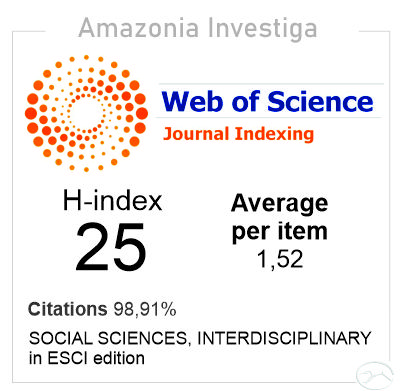




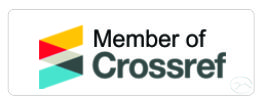











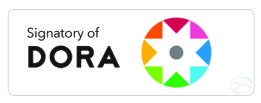
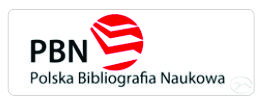




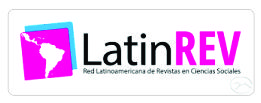


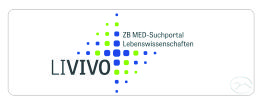
















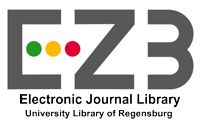

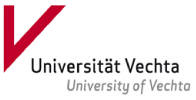



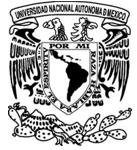











.gif)






